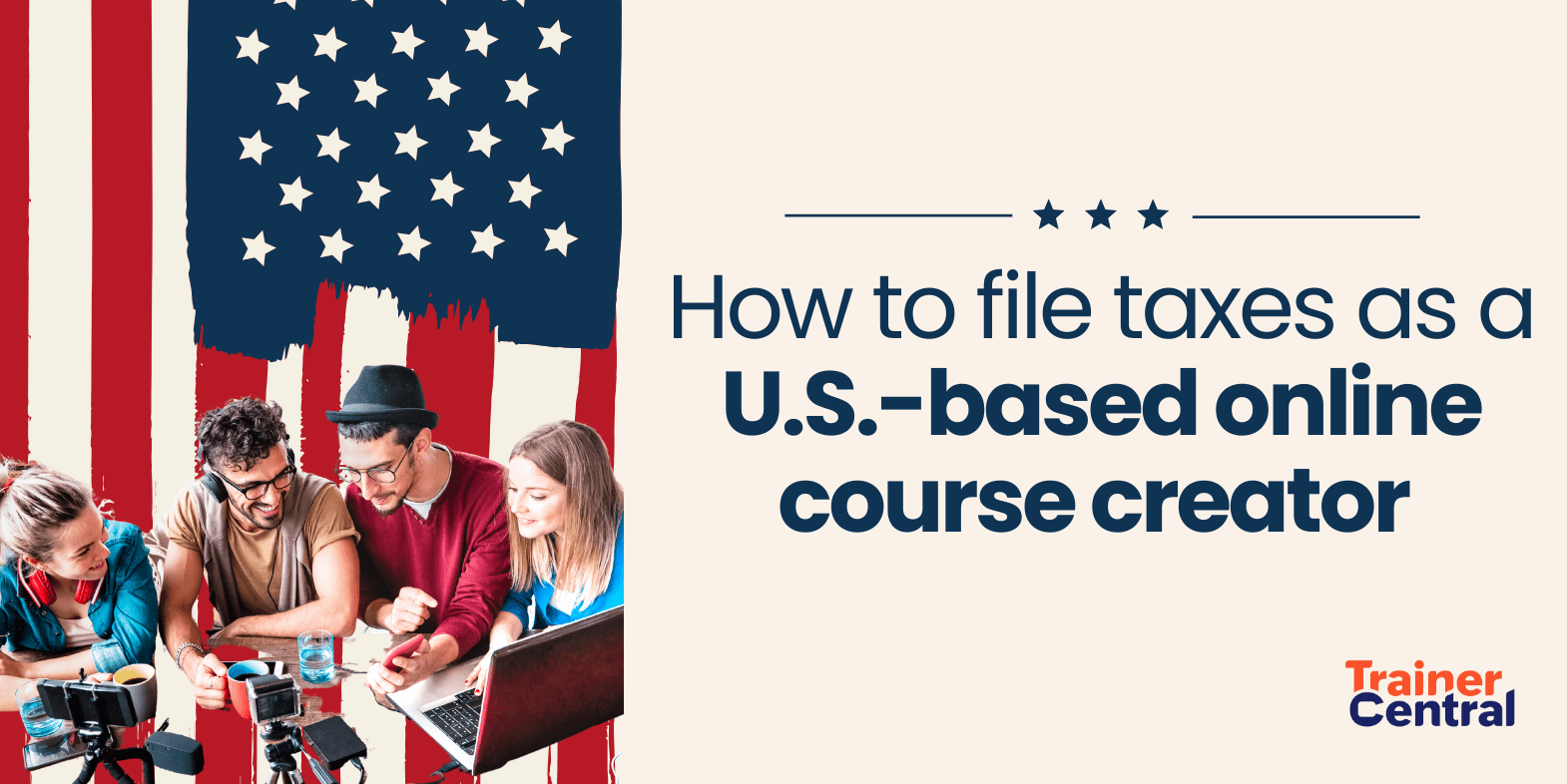- HOME
- Building a business
- The best tool for teaching online: YouTube vs online training platforms
The best tool for teaching online: YouTube vs online training platforms
- Last Updated : September 14, 2023
- 1.7K Views
- 4 Min Read

YouTube is a free video sharing platform that has transformed the way people share and watch videos online. On average, internet users spend about 30 mins on YouTube every day. And in recent years, more people are using YouTube as a medium to monetize their skills and knowledge.
Educational content is one of the biggest categories on YouTube, with experts constantly creating instructional and tutorial videos to share with like-minded people.
Though YouTube helps people share knowledge online for free, it does have certain limitations when compared with dedicated online training platforms.
Why choose a course platform over YouTube?
Course curation and bundling
Educational content creators strive to provide quality content to engage and nurture their audiences—but with more content comes more clutter.
YouTube provides provisions to create playlists to organize videos, but the basic alphabetical and date-based sorting will prove inadequate as content increases. It's easy to manage 10 videos, but when you have 200 videos in 20+ playlists, chaos is unavoidable.
And while content creators can create video sequences in playlists, there's no option to create a playlist sequence. Playlists are only sorted based on alphabetical order.
For example, if a guitar teaching playlist for beginners is created, the next auto-play playlist sequence should be an intermediate playlist—but there's no way to control this sequence.
To get properly trained, individuals need to personally ensure they stick to the video sequence created by the creator, without the help of a compliance monitor.
This is why educational content creators are finding it difficult to structure courses, as learners can jump between tutorials and skip videos, which results in inefficient learning.
Content curation and course compliance are pivotal aspects of online training—the educator needs to be able to define the course curriculum, bundle courses, and implement rules.
This is where online training platforms come in. They provide trainers with easy-to-set-up course curation tools ensuring courses are high quality and value adding.

Live workshops
YouTube provides free, built-in live streaming services for content creators, allowing creators to share live and prerecorded videos. During live streaming, subscribers can comment and interact with creators in real time.
However, when it comes to online teaching, YouTube's live streaming service isn't a great fit for hosting live workshops. Standard virtual classrooms require features such as screen shares, attendee camera view, polls, surveys, handouts, and more.
Online course platforms, though, provide built-in live workshop tools to host engaging classes with multiple learner interaction tools. Trainers can view their attendees and engage with them instantly.
Course pricing models
Online trainers prefer to have the flexibility to price their courses based on the industry and market competitiveness—but YouTube works on an ad-generated revenue model, which makes it difficult for trainers to package courses for a fixed fee.
The revenue generated by the course content mainly depends on advertisement types and audience geography, with the content monetized based on pay-per-view and pay-per-click models.
The ambiguity in this revenue operation is a significant concern for online trainers, as they aren't able to predict or project business revenue growth.
Online training platforms provide flexible pricing models through which trainers can assign defined prices for their courses. The trainers can also define multiple sales models, such as one-time payments, partial payments, and subscription models.
Some online training platforms provide geographical-based course pricing, which enables trainers to configure different prices for their courses based on the learner's location. For example, the trainer can assign a price for American learners in USD and INR pricing for Indian learners.
This flexibility helps online trainers optimally sell their courses inline with market value and purchase power.
Trainer-learner communication systems
An agile communication model is essential for any online training business. The trainer needs to be able to notify learners about new content, send announcements, and receive feedback in a unified communication system.
Unfortunately, YouTube is mostly a one-way-communication-driven platform, in which creators can respond and interact with audiences in the comments section or on live stream chats. There are no dedicated forums or systems for holding conversations with subscribers.
YouTube does randomly send push notifications to subscribers when a new video is launched, or if the subscriber has turned on the alert option—but other than this, there's no system in place to notify the audience about new content or updates.
The existing communication systems might be sufficient for certain categories, but when it comes to educational videos, two-way communication is an absolute necessity.
On the other hand, online training platforms empower trainers with fully equipped communication modules to send announcements and updates swiftly through emails and app notifications. The trainer can also automate basic communications, such as welcome emails, new course updates, upcoming class notifications, and more.
This communication-system agility, powered by automation, enables online trainers to set up and scale their online training business with ease.
.png)
Advertisement distractions
The art of teaching requires a focused and uninterrupted connection with students. But when teaching on YouTube, teachers often lose student attention due to the constant bombardment of advertisements.
Unfortunately, this creates a conundrum for teachers—do they limit advertisements, which impacts their ad revenue, or allow ads, which create distractions for students?
Because online training platforms usually work on a subscription-based model and are completely free of advertisements, they help trainers create a distraction-free environment for their students, which enables them to host more immersive classes and teach learners more efficiently.
As a budding educational content creator, it's okay to start on YouTube to help reach a wider audience—but if you're looking to build a fully operational online teaching business, online training platforms are your best bet.


